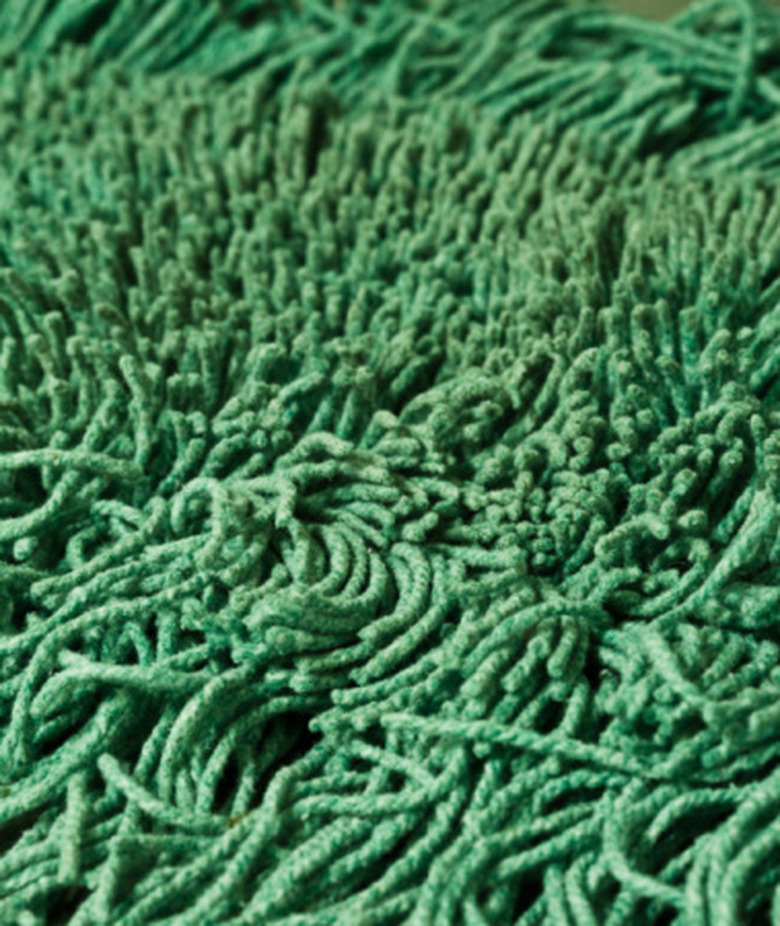How To Calculate Denier
The denier, a traditional textile unit, describes the density of yarn. A 9-km strand of yard that weighs exactly a gram has a density of one denier. Unless you have a team of assistants and a private highway at your disposal, you probably cannot conveniently measure and weigh 9 km of thread. You can, however, calculate the deniers of a sample from its standard density, measured in grams per cubic centimeter.
Step 1
Square the thread's diameter, measured in centimeters. With a diameter, for instance, of 0.3175 cm:
0.3175^2 = 0.1008
Step 2
Multiply the result by pi, which equals approximately 3.142:
0.1008 x 3.142 = 0.3167
Step 3
Multiply the result by the yarn's density, measured in grams per cubic centimeter. If the density equals, for instance, 0.0157 g per cubic centimeter:
0.3167 x 0.0157 = 0.004972
Step 4
Divide the result by 4 x 10^-6, a constant conversion factor:
0.004972 / (4 x 10^-6) = 1,243.
This is the yarn's density in deniers.
References
Cite This Article
MLA
Menezes, Ryan. "How To Calculate Denier" sciencing.com, https://www.sciencing.com/how-8208660-calculate-denier/. 7 August 2017.
APA
Menezes, Ryan. (2017, August 7). How To Calculate Denier. sciencing.com. Retrieved from https://www.sciencing.com/how-8208660-calculate-denier/
Chicago
Menezes, Ryan. How To Calculate Denier last modified March 24, 2022. https://www.sciencing.com/how-8208660-calculate-denier/
